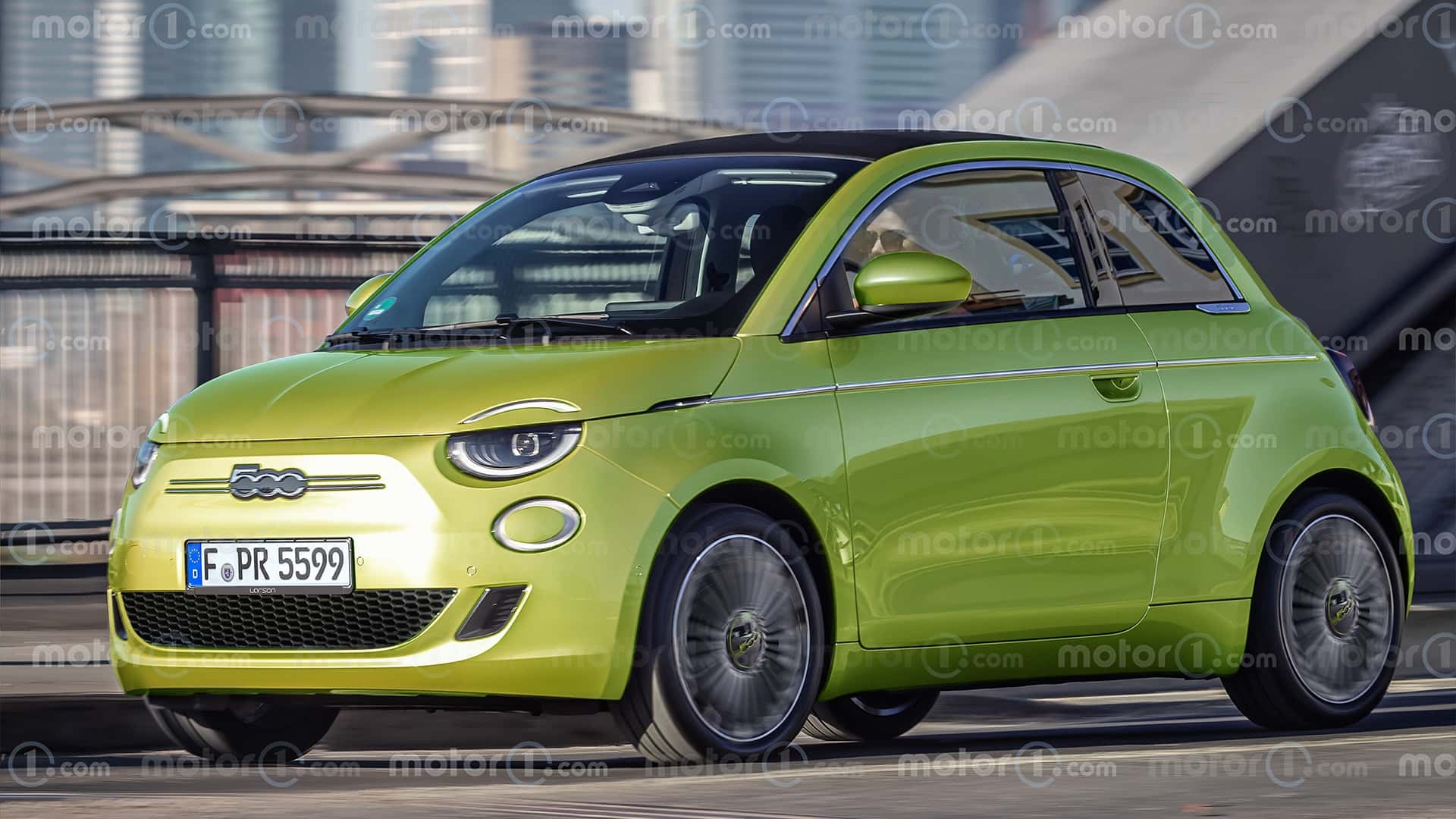Trucks are built with durability in mind, or at least they’re supposed to be. When people buy a truck, they expect it to handle hard work, long drives, and years of service. A truck isn’t just a vehicle; for many, it’s a tool and sometimes even part of their identity.
Whether used for towing, hauling, off-roading, or daily commuting, a reliable truck should be able to stay strong after 100,000 miles, maybe even double that. However, not all trucks are created equal. While some models develop a reputation for lasting well into their golden years with minimal issues, others break down too soon, leaving their first owners frustrated with endless repairs or even early replacements.
Manufacturers often boast about torque, horsepower, and fancy tech features, but long-term owners care just as much about dependability. It’s not just about performance on paper or what the truck looks like fresh off the lot.
Real reliability comes from the parts that don’t wear out too fast, the drivetrain that can handle years of punishment, and the electronics that don’t cause constant warning lights and dealer visits. Maintenance matters, of course, but even well-maintained trucks can have design flaws or weak components that lead to problems early in their life.
This article takes a look at ten trucks. Five of them have built a solid reputation for lasting decades, even passing from one generation to the next. The other five, unfortunately, often struggle to make it through the first owner’s time with them without developing major problems.
These lists aren’t based on one-off issues or a few bad years but on patterns seen over time. From engine problems and transmission failures to frame rust and electrical headaches, we’ll look at what makes certain trucks hold up and others fall apart too soon.
Whether you’re thinking about buying a used truck, want to avoid a bad investment, or you’re just curious about which models stand the test of time, this breakdown gives you an honest look at some of the best and worst options out there.
Trucks That Last a Lifetime
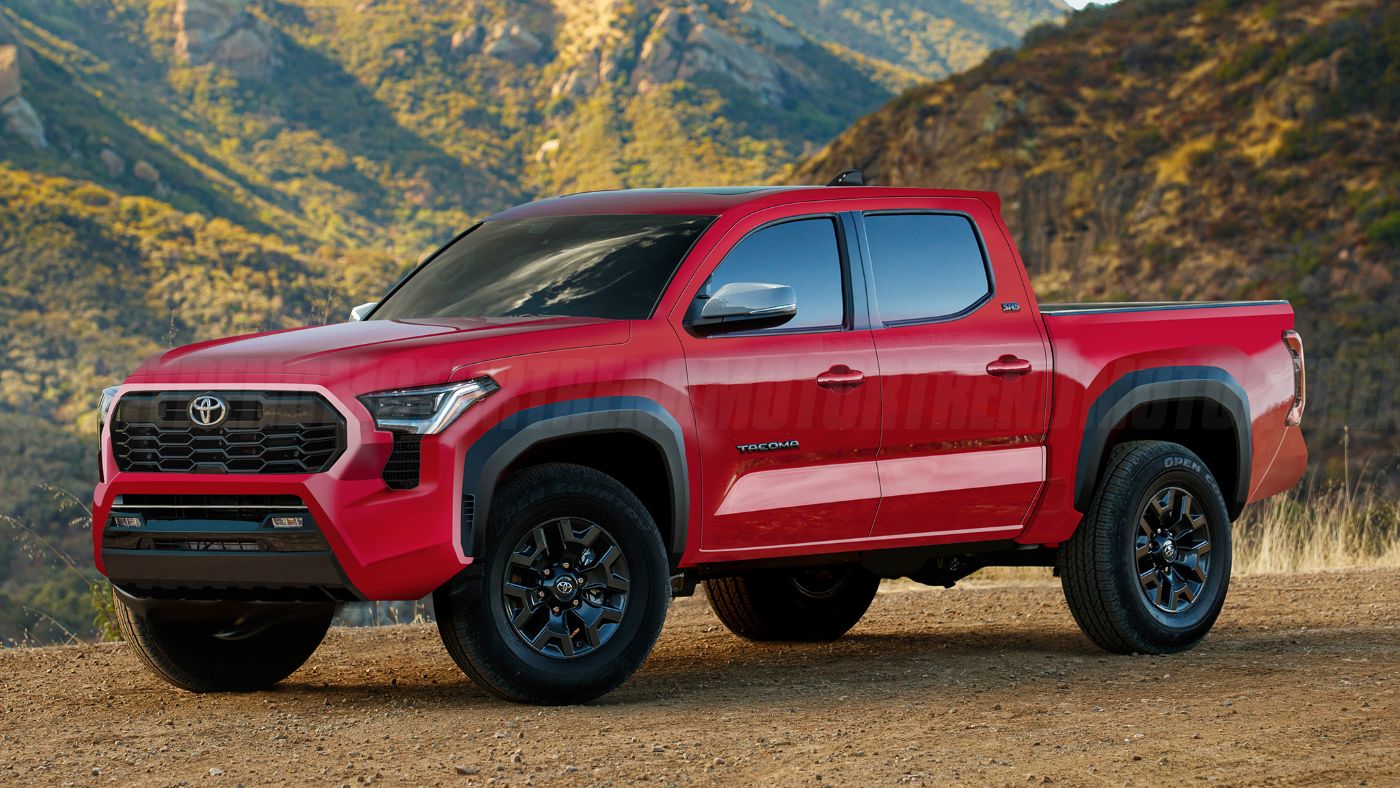
1. Toyota Tacoma
The Toyota Tacoma has built a reputation that few trucks can match. Its reliability isn’t just marketing, owners across the country report their Tacomas still running strong well past 200,000 miles. Mechanics often say the same thing: these trucks just don’t quit.
The engines, especially the older 4-cylinder and V6 models, are well known for their simple, solid designs. They don’t suffer from frequent head gasket issues or major internal failures, even after years of use in tough conditions. The manual transmission models are particularly long-lasting, and even the automatic versions tend to hold up better than most.
One reason the Tacoma lasts so long is its rugged frame and durable suspension. These trucks are often used off-road, yet many keep going with minimal damage to the underbody.
Even in snowy regions where salt eats away at most vehicles, the Tacoma seems to avoid the worst of rust problems. Toyota has addressed frame rust in past recalls, which may have actually helped preserve these trucks in the long run. Routine maintenance is important, as with any vehicle, but a well-kept Tacoma can easily reach 300,000 miles or more.
Another factor in Tacoma’s longevity is its simple, no-nonsense interior and electronics. There aren’t a lot of fancy screens or complex computer systems in older models, which means fewer things can break or fail. Owners often report that their power windows, locks, and dash lights still work after decades. That simplicity is a major reason these trucks are favorites among people who want something that works and keeps working.
Toyota Tacoma earns its place as one of the most dependable trucks ever made. It’s not the biggest or the most powerful, but it delivers what matters most, long-term dependability. Whether it’s used for weekend adventures or daily work, this is a truck you can count on for years, even decades.
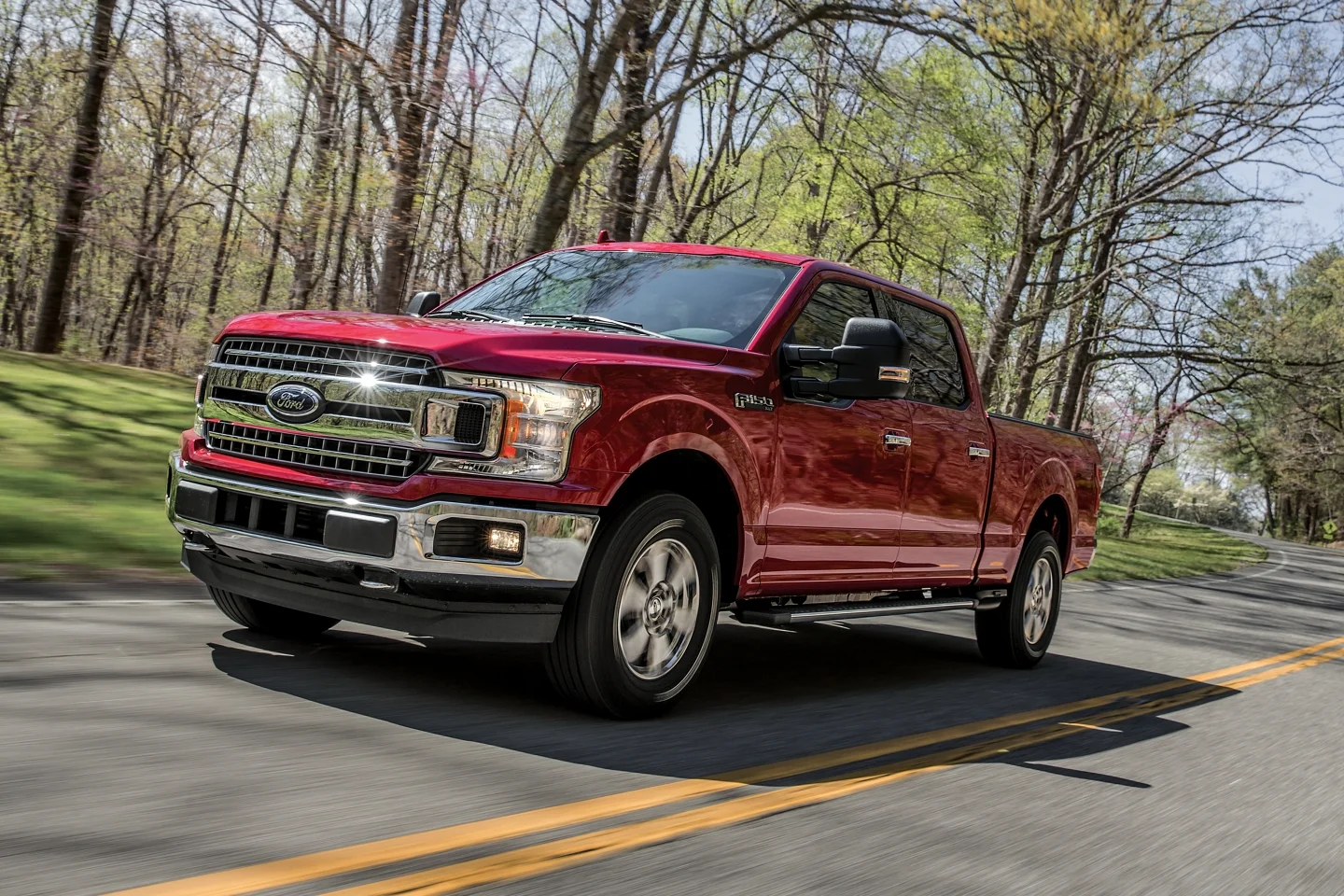
2. Ford F-150 (Older Models)
The Ford F-150 has been one of the best-selling trucks in America for decades, but not every year of the F-150 earns high praise for reliability. Still, older models from the early to mid-2000s, especially those with the 4.6L or 5.4L Triton V8 engines, have proven themselves to be some of the longest-lasting workhorses on the road.
These engines, while not the most efficient, are known to be incredibly tough if maintained properly. They can keep going well past 200,000 miles, and it’s not uncommon to see them reach 300,000 with routine oil changes and basic upkeep.
Aside from the engines, the F-150’s sturdy frame and simple design help it last. These trucks weren’t overloaded with fragile plastic or over-complicated electronics. Their mechanical parts were easy to repair or replace, which helped owners keep them running for years. The suspension and drivetrain on these trucks can take a lot of abuse, making them favorites for farm work, construction sites, and other demanding uses.
Rust can be a problem in certain climates, but even then, owners often choose to repair rather than replace their trucks. The fact that so many older F-150s are still on the road is proof of their strength. You’ll often see a 15-year-old F-150 towing a trailer or hauling tools without missing a beat, something you can’t say about every truck in that age range.
While newer F-150s have moved toward aluminum bodies and more tech, some owners still swear by the older models for their simplicity and long-term value. These trucks may not have all the newest features, but they offer what many people truly want in a truck: something that just works, year after year.
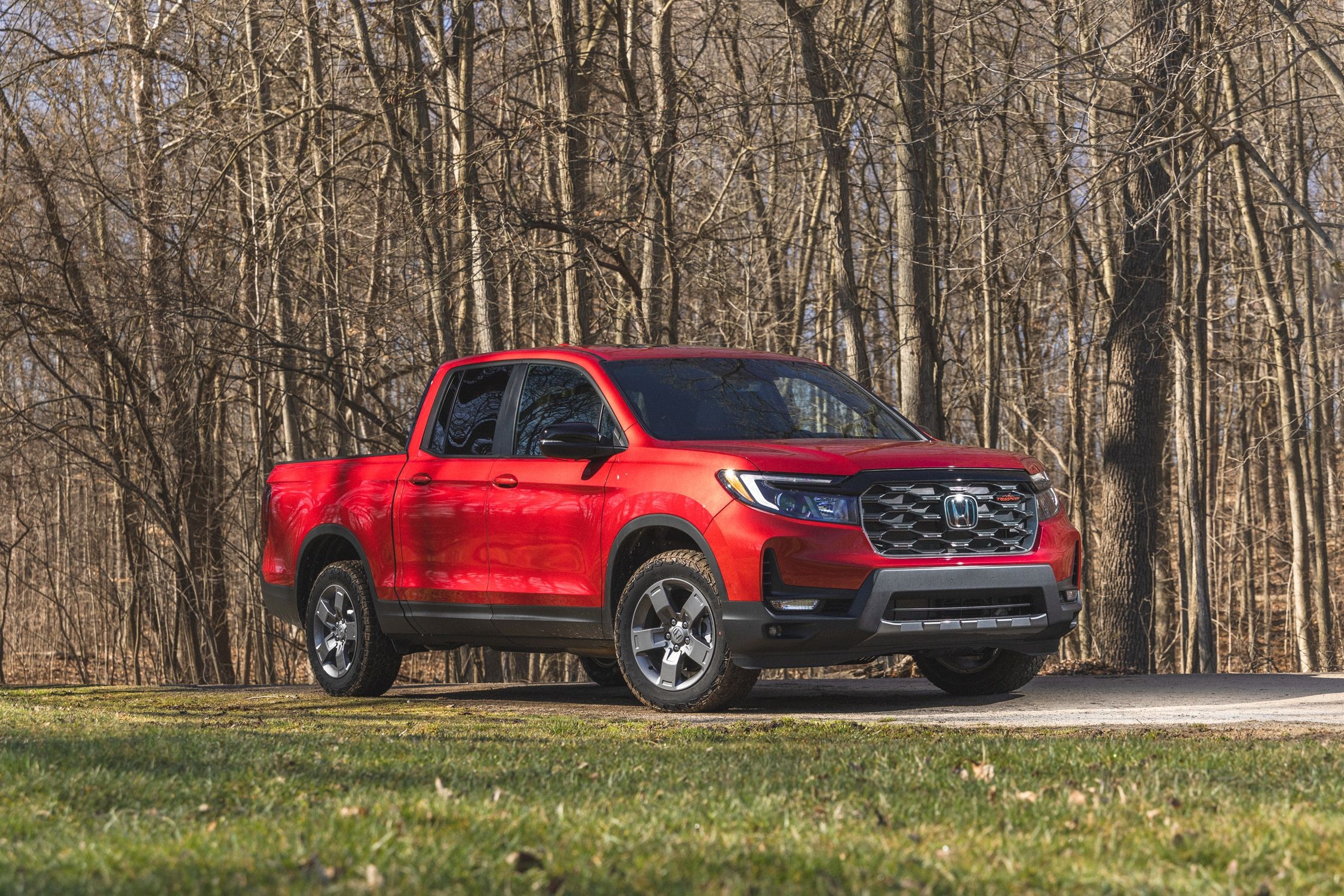
3. Honda Ridgeline
At first glance, the Honda Ridgeline may not look like the kind of truck that could last a lifetime. It doesn’t have the big, blocky build of a full-size truck, and it’s based on a unibody design rather than a traditional body-on-frame.
However, it surprises many people by holding up extremely well over time. Honda’s reputation for reliability carries over to the Ridgeline, and many owners report 200,000 miles or more with minimal problems.
The V6 engine used in the Ridgeline has been one of Honda’s most reliable. It doesn’t suffer from common breakdowns, and when paired with the truck’s well-tuned automatic transmission, the result is a smooth, predictable, and long-lasting powertrain.
The all-wheel drive system is also very capable for what the truck is designed to do. It’s not meant for extreme off-roading, but for snow, light trail use, or wet roads, it works very well.
Another reason for the Ridgeline’s durability is its lower-stress use case. It’s more often used as a family vehicle or weekend hauler than as a full-time work truck. That means it doesn’t see the same abuse as some heavy-duty trucks, which helps extend its lifespan. But even those who use it more heavily report very few serious issues over time. Brake wear, tires, and fluids are about the only regular costs.
The Ridgeline also benefits from Honda’s attention to detail when it comes to interior quality. Even after years of use, the seats, buttons, and switches tend to stay in good condition. Electrical problems are rare, and the cabin remains quiet and comfortable. For those who don’t need a massive towing capacity but still want something that lasts and handles a variety of tasks, the Ridgeline is a surprising but solid choice.
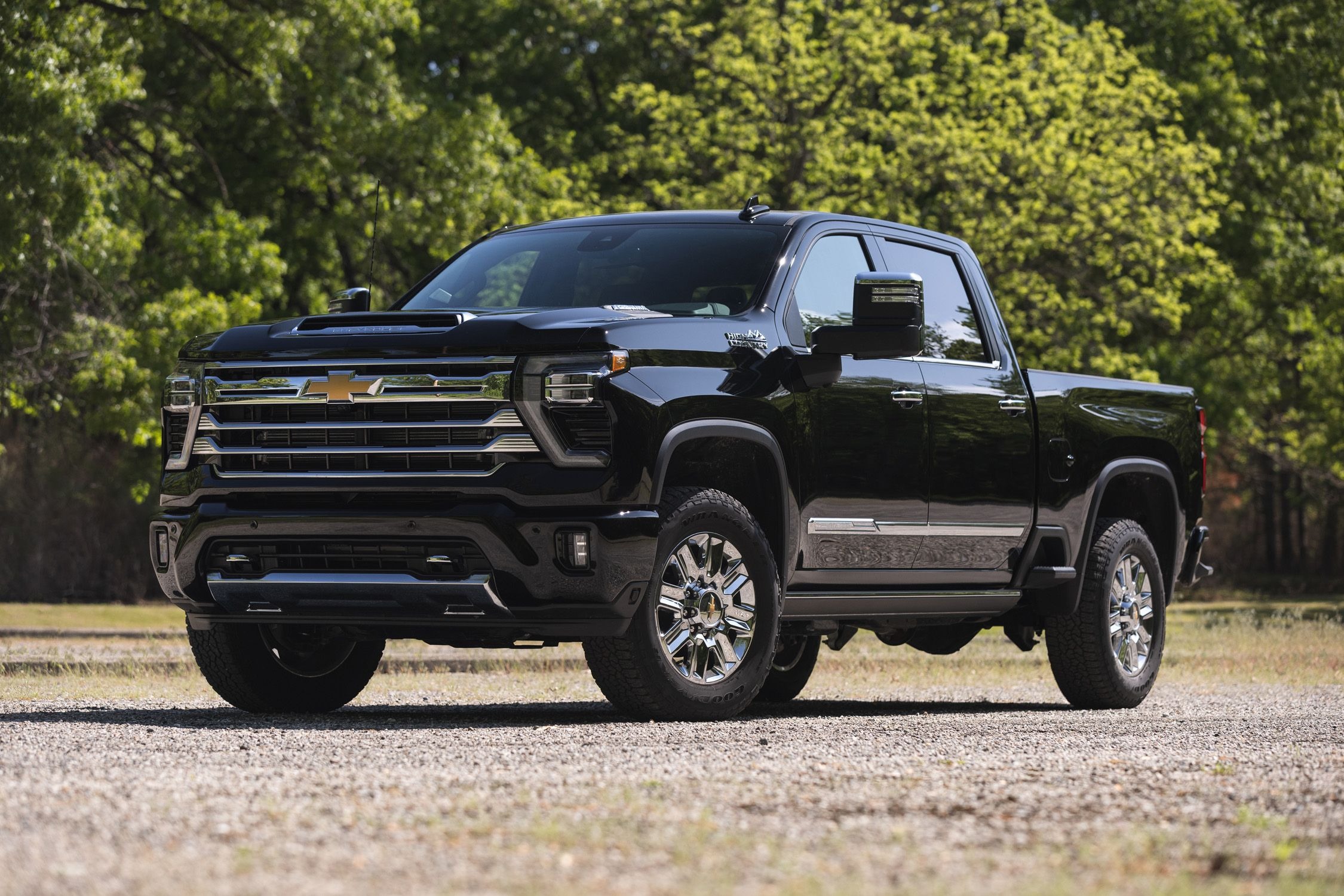
4. Chevrolet Silverado 2500HD (Duramax Diesel)
For those who need a heavy-duty truck that can handle real work over the long haul, the Chevrolet Silverado 2500HD with the Duramax diesel engine is hard to beat. These trucks are known across the industry for their longevity and power.
The Duramax diesel engines, especially the older LBZ models from the mid-2000s, have a legendary reputation for lasting well over 300,000 miles. Some even push past 500,000 with the original engine and transmission still intact.
What makes these trucks so reliable isn’t just the engine, though that’s a big part of it. The Allison transmission paired with the Duramax diesel is one of the most durable gearboxes ever put in a pickup. It handles torque without overheating or wearing down too quickly. Combined with a strong frame, heavy-duty suspension, and quality build materials, this truck can handle everything from hauling heavy trailers to snow plowing to off-road travel.
Even in harsh environments, salt, mud, and high altitudes, these trucks tend to keep going as long as they’re maintained properly. Maintenance costs are higher than those of lighter trucks, but the tradeoff is a truck that just keeps working. The fuel system and emissions parts can occasionally cause headaches, especially in newer models with more regulations, but these problems are usually manageable.
Inside the cabin, these trucks are built with durability in mind. The seats, dash, and controls tend to hold up well even after years of use. Features like heated seats or backup cameras may fail eventually, but the core functions stay solid. For serious truck owners who need something that performs under pressure and won’t give out after a few years, the Silverado 2500HD is a trusted option that’s built to last.
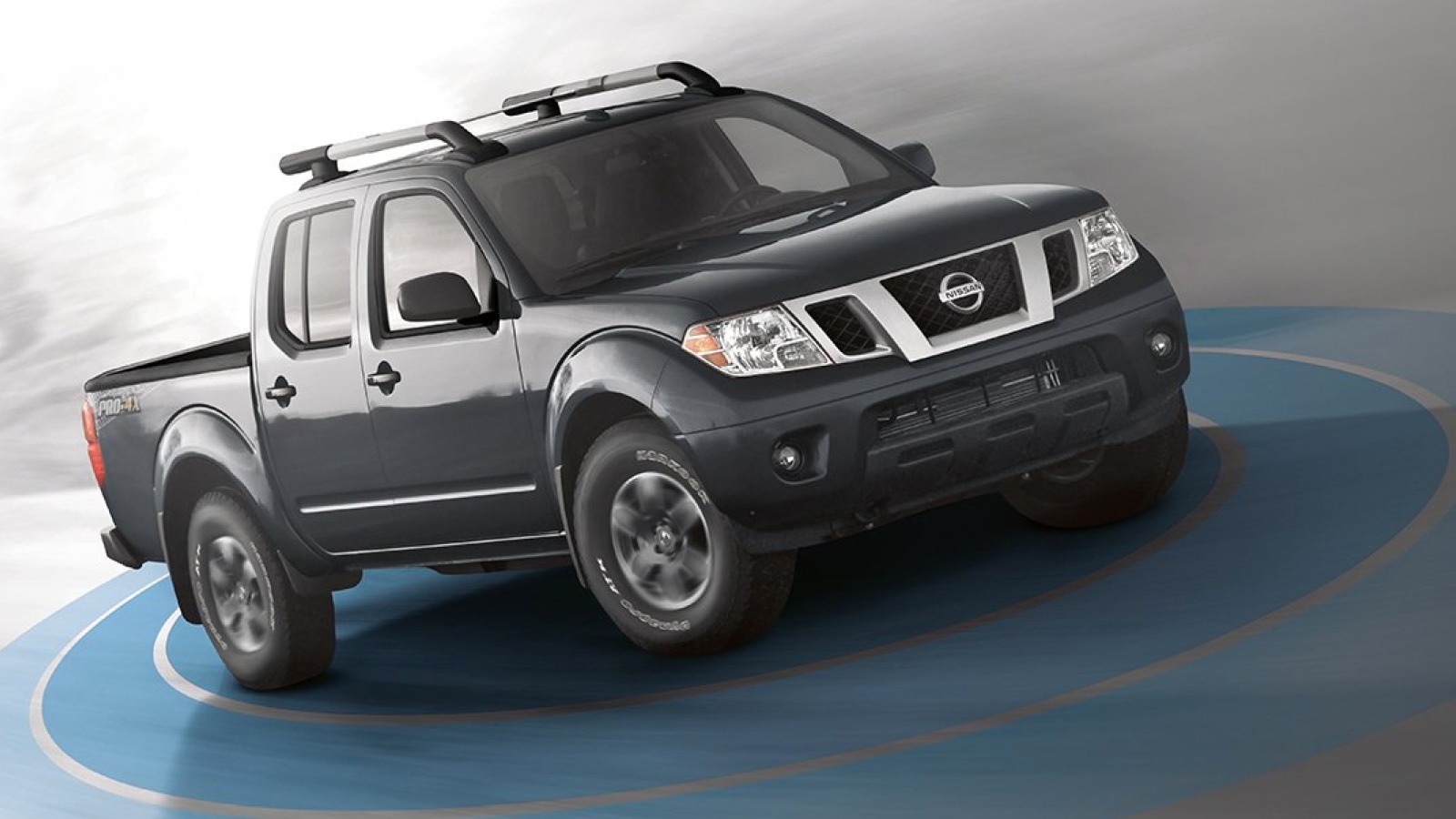
5. Nissan Frontier
The Nissan Frontier often flies under the radar in conversations about long-lasting trucks, but it deserves more credit than it usually gets. While it doesn’t have the name recognition of a Tacoma or the sales numbers of an F-150, it has quietly built a reputation for being one of the most dependable mid-size trucks on the market.
The second-generation Frontier, which ran for well over a decade with minimal changes, has a particularly strong following among owners who have logged hundreds of thousands of miles.
The 4.0L V6 engine in the Frontier is one of its strongest assets. It may not be the most fuel-efficient, but it’s built to last and doesn’t suffer from serious failure issues under normal use.
The transmission, especially the manual version, is also known for its long-term durability. There are fewer complaints about major mechanical problems compared to many of its competitors. It’s the kind of truck that just keeps going without needing a lot of expensive repairs.
Another strength of the Frontier is its simplicity. The truck doesn’t rely heavily on complicated systems or high-end electronics, which means fewer things can break over time. Its basic but sturdy interior can handle years of abuse without falling apart. Even the plastic components tend to last longer than expected. For those who don’t need the latest tech features but want something that won’t let them down, the Frontier is a smart pick.
The Frontier may not look flashy or have the newest features, but that’s part of its charm. It’s a truck that does the job without drawing too much attention to itself. Owners often report being surprised at how reliable and low-maintenance it turns out to be. For a used truck that can deliver years of dependable service without a lot of drama, the Frontier is a solid choice that often goes overlooked.
Trucks That Barely Survive the First Owner
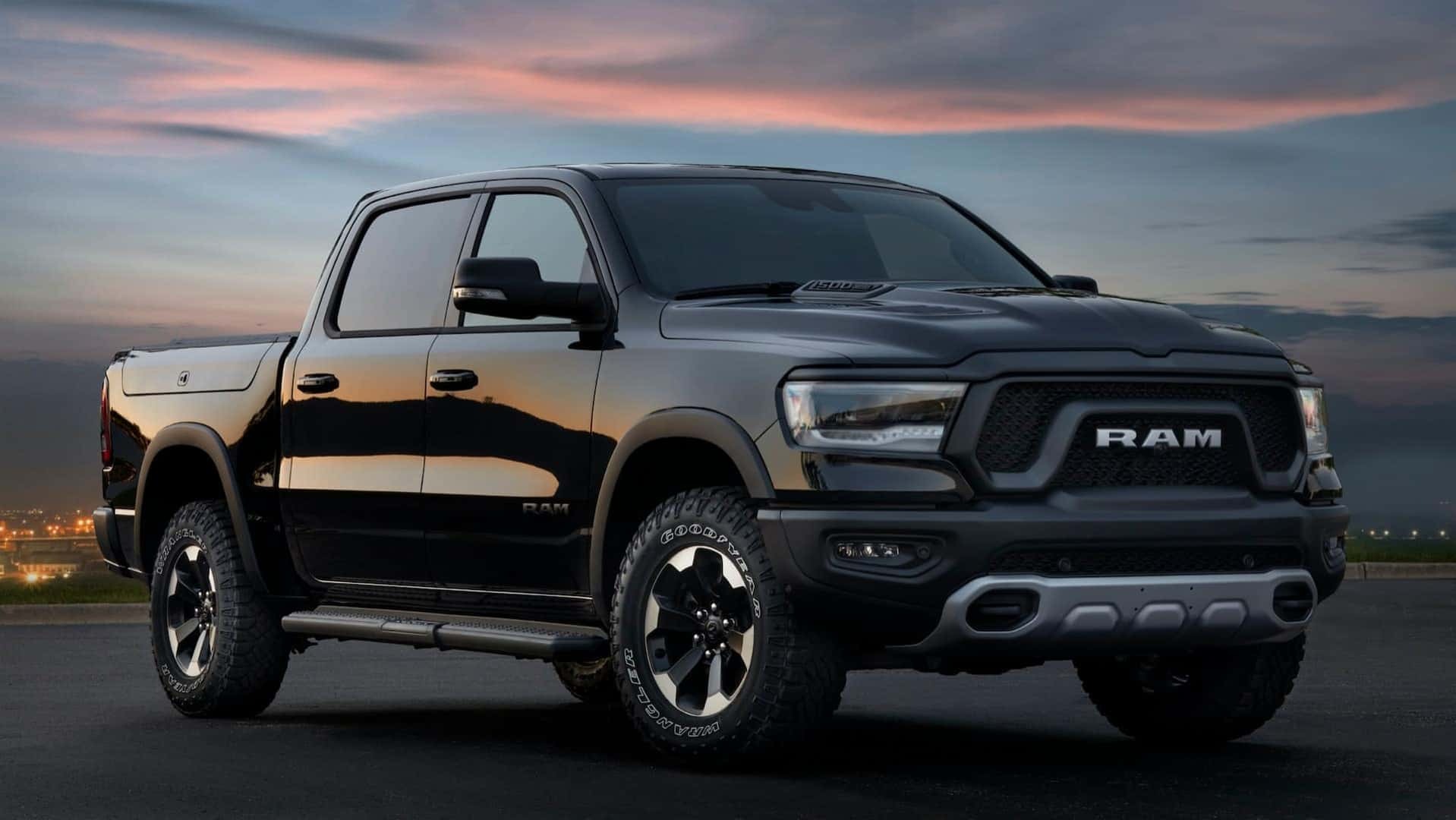
1. Dodge Ram 1500 (Early 2000s Models)
While the Dodge Ram 1500 has its loyal fans, particularly due to its aggressive styling and strong HEMI engine offerings, many early 2000s models are remembered more for their long list of problems than for their capabilities. One of the most common complaints from first owners of these trucks relates to their automatic transmissions.
Transmission failures are widely reported, often occurring before the 100,000-mile mark. Slipping, hard shifting, or complete failure could happen with little warning, leaving owners with expensive repair bills. For those who used the truck for towing or heavy hauling, the problem was often even worse, with the transmission unable to keep up with the demand.
The build quality of the interior also suffered significantly during this period. Dashboards in these trucks were notorious for cracking, sometimes completely disintegrating over time. It wasn’t just cosmetic either; broken dash parts could rattle, expose wiring, or even affect the performance of some interior electronics.
Electrical gremlins were not uncommon either. Owners often reported issues with power windows, door locks, and warning lights coming on without any clear reason. These may sound like minor annoyances, but they added up quickly, making the ownership experience frustrating for many.
Rust was another concern, especially in northern climates. Frame corrosion could become a real danger, especially if not caught early. Wheel wells and rocker panels were particularly vulnerable.
These issues weren’t always due to poor maintenance; many owners took good care of their trucks, but still saw them fall apart faster than expected. While some of the engines, particularly the 5.7L HEMI, had decent reliability in a vacuum, they were surrounded by weak points in the rest of the truck.
The experience for many first-time owners was a mix of powerful performance and early disappointment. Despite its power and comfort when new, the Dodge Ram 1500 from this era often failed to provide the long-term value that truck buyers expect. Unless thoroughly rebuilt or meticulously maintained, these trucks often ended their service life far too soon, sometimes with repair costs that exceeded their resale value.
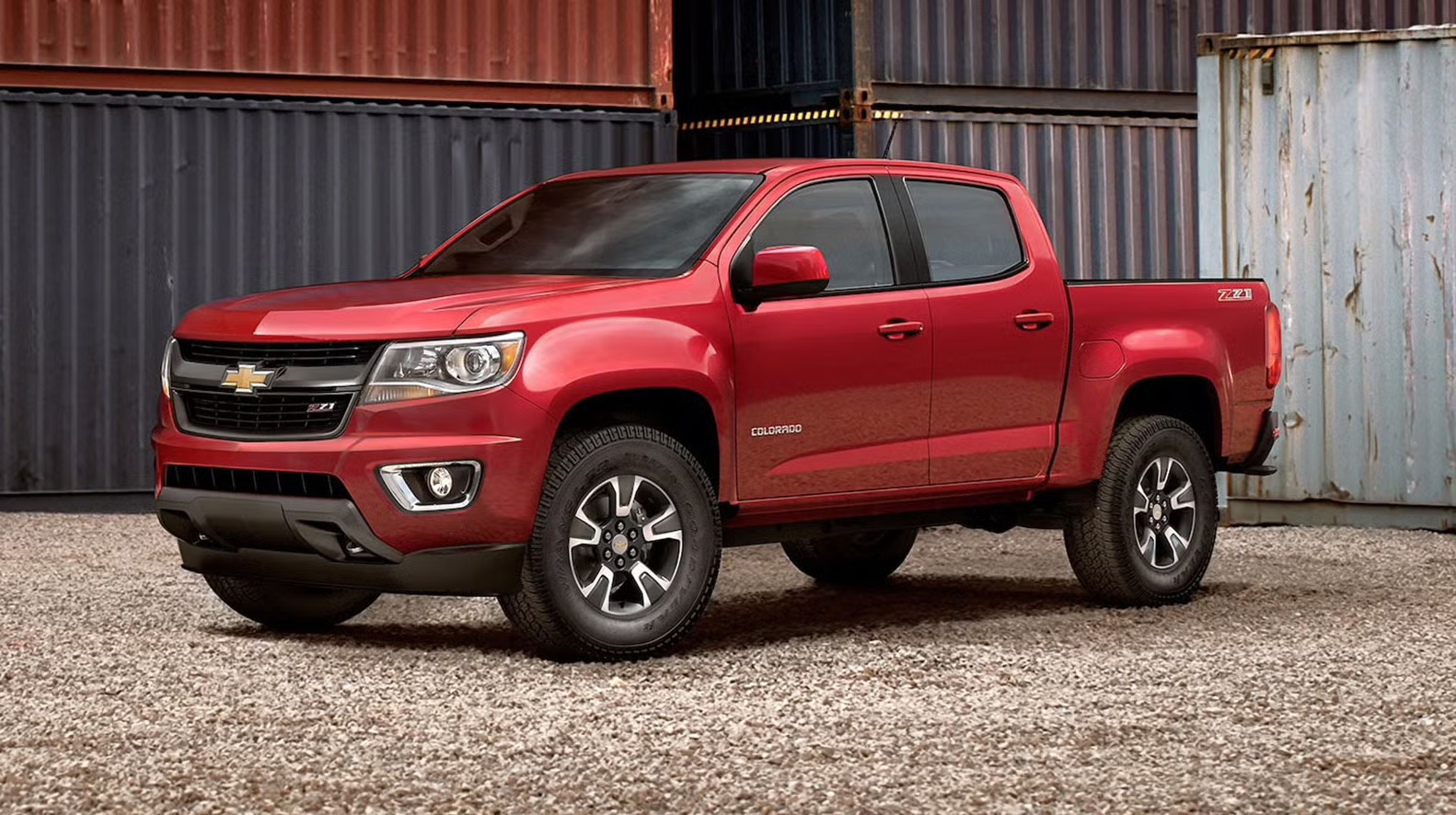
2. Chevrolet Colorado (First Generation)
The first generation of the Chevrolet Colorado, produced in the mid-2000s, came with high hopes of being a dependable, mid-size alternative to full-size trucks. Unfortunately, many owners found themselves dealing with significant problems long before they expected. One of the most talked-about issues was the engine.
The inline 5-cylinder, which was meant to balance power and fuel economy, turned out to be a headache. Many units experienced timing chain problems, excessive oil consumption, and even head failures. These weren’t just annoying repairs, they were costly and often happened before 100,000 miles.
The automatic transmissions in these trucks didn’t fare much better. Many users reported erratic shifting and early failure, particularly when the truck was used for anything beyond light-duty driving. This made Colorado a risky option for those who needed a truck to haul or tow.
On top of mechanical problems, the electrical systems in the early models were riddled with issues. Faulty sensors, check engine lights, and failing instrument clusters were frequent complaints among owners. Some even found their vehicles stuck in reduced power mode with no clear solution short of expensive diagnostics.
Interior quality also raised eyebrows. The cabin materials felt cheap, and wear showed quickly. Seats lost their padding, plastic panels cracked, and knobs and switches often failed or broke off entirely. This not only affected comfort but also gave the truck a prematurely aged feel. Considering that many of these trucks were only a few years old when these problems began, it left a lot of owners disappointed with their investment.
The frustration was not always due to abuse or poor maintenance, either. Many owners followed all service recommendations and still faced a cascade of issues. The first-generation Colorado was a lesson in poor execution. While the idea behind the truck was solid, the actual build quality and engineering choices made it unreliable in the real world. A large number of first owners either traded theirs in quickly or were stuck pouring money into repairs that should never have been necessary that early.
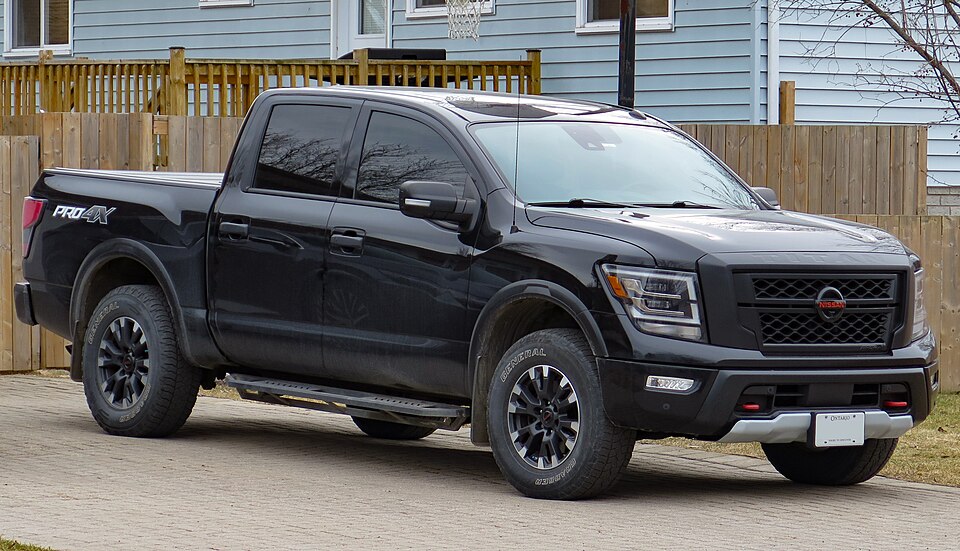
3. Nissan Titan (2004–2006 Models)
When Nissan entered the full-size truck market with the Titan in the early 2000s, expectations were high. The truck looked bold, had a powerful V8 engine, and came loaded with features that aimed to compete directly with American truck mainstays. However, those first few years quickly proved challenging for Nissan.
The early models, particularly those from 2004 to 2006, suffered from a wide range of mechanical and build-quality problems that made them difficult to own long-term. Many of these trucks failed to hold up through even one full ownership cycle without requiring major work.
One of the most serious issues revolved around the rear axle. Numerous reports came in about differential failures, often under normal driving conditions. In some cases, these parts failed as early as 60,000 miles, which is far too soon for a truck meant to handle heavy loads and towing.
The issue became so widespread that it damaged the truck’s reputation for durability and scared off potential long-term buyers. Along with axle problems, many Titans from this period also had brake issues. Warped rotors and premature wear were common, even in trucks that weren’t used heavily.
Interior components also caused trouble. Owners complained about malfunctioning power windows, cheap materials that didn’t age well, and frequent check engine lights. Electronics could become uncooperative, leading to problems with everything from ignition to emissions sensors.
As these issues piled up, many first owners were forced to make a tough choice: pay for constant repairs or trade in the truck early. For a vehicle that was supposed to be a reliable workhorse, that choice came far too early.
While Nissan eventually improved the Titan in later years, the damage was done for the early models. These trucks quickly gained a reputation for being unpredictable and expensive to maintain after just a few years on the road.
It’s unfortunate because the engine itself, the 5.6L V8, was fairly strong. But a good engine isn’t enough when the rest of the truck fails to hold up. For many first-time Titan owners, the experience left them regretting the purchase long before the truck should have started showing serious signs of wear.
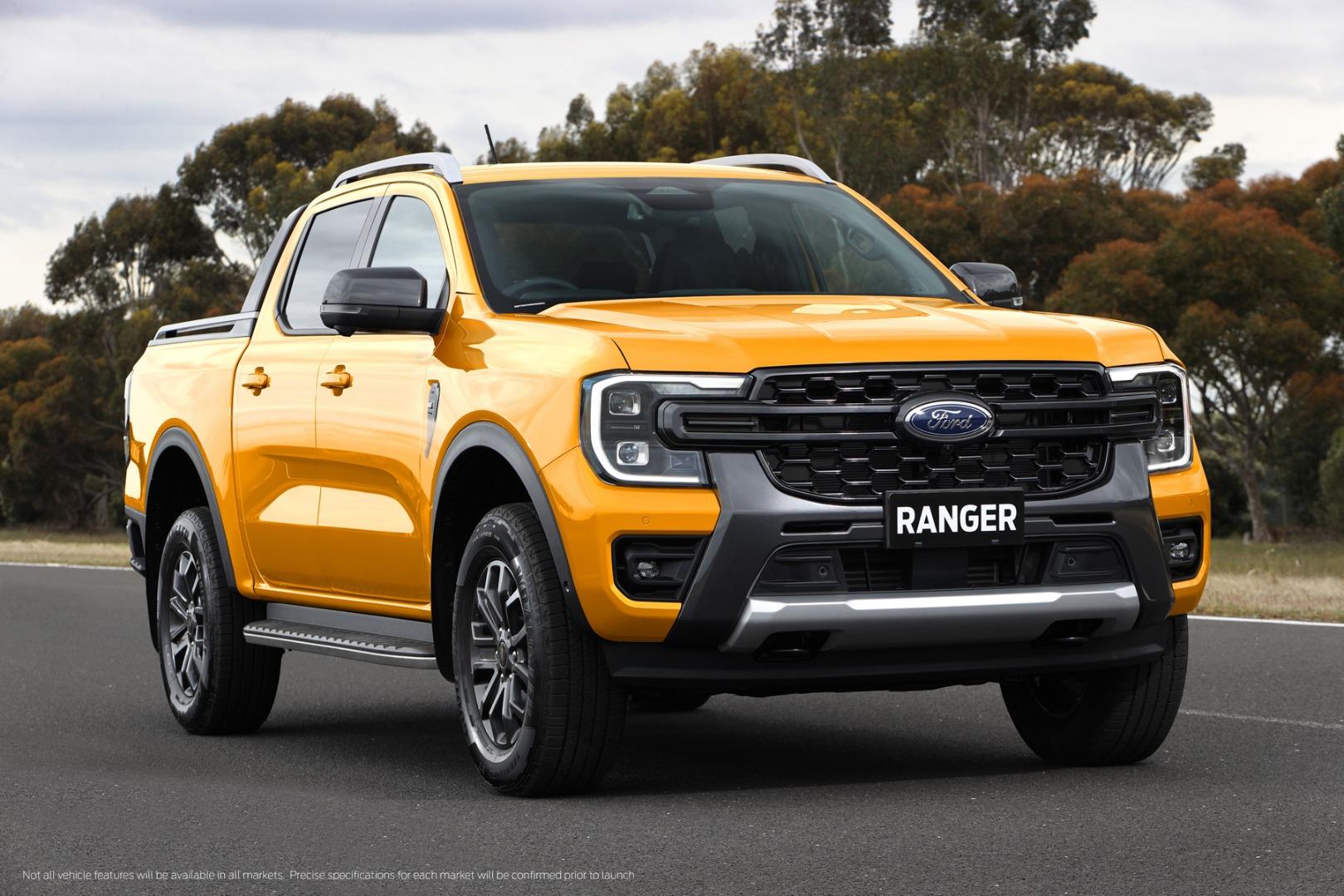
4. Ford Ranger (2001–2003 Models)
While the Ford Ranger is generally viewed as a solid compact truck, not all model years are created equal. The 2001 to 2003 models in particular, left many owners with a mixed experience. At a glance, these trucks looked like great value: compact, easy to maneuver, and inexpensive to maintain.
But once the odometer started climbing, a growing list of problems began to appear. Engine issues were among the most serious, especially with the 3.0L V6 and 4.0L SOHC V6. Timing chain tensioners failed prematurely, sometimes causing catastrophic damage if not caught in time. For a truck with a reputation for simplicity, this was a major letdown.
Transmission reliability was another weak spot. The automatic transmission in particular, struggled to deliver long-term dependability. Shifting problems, slipping, and even total failure weren’t rare.
What made it worse was that many of these problems occurred well before 100,000 miles, often leaving the original owners with a truck that needed thousands of dollars in repairs just to keep running. Some manual transmission versions were more reliable, but even they weren’t immune to problems like worn synchros or clutch issues earlier than expected.
The suspension and steering components also wore out faster than they should have. Ball joints, control arms, and tie rods often need to be replaced relatively early in the truck’s life.
This wasn’t just a minor annoyance, it made the truck feel loose and unpredictable, particularly on rough roads. Combined with brake issues and occasional electrical problems, it painted a picture of a truck that simply wasn’t built to last through long-term daily use without constant upkeep.
It’s important to note that later models of the Ranger improved significantly, especially before the nameplate was discontinued in the U.S. for a time. But these early 2000s models serve as a cautionary tale.
Despite the compact size and affordable price, they often became money pits for their first owners. Many people who bought these trucks for simple, reliable transportation found themselves battling repairs far too soon, leading to disappointment and early replacements.
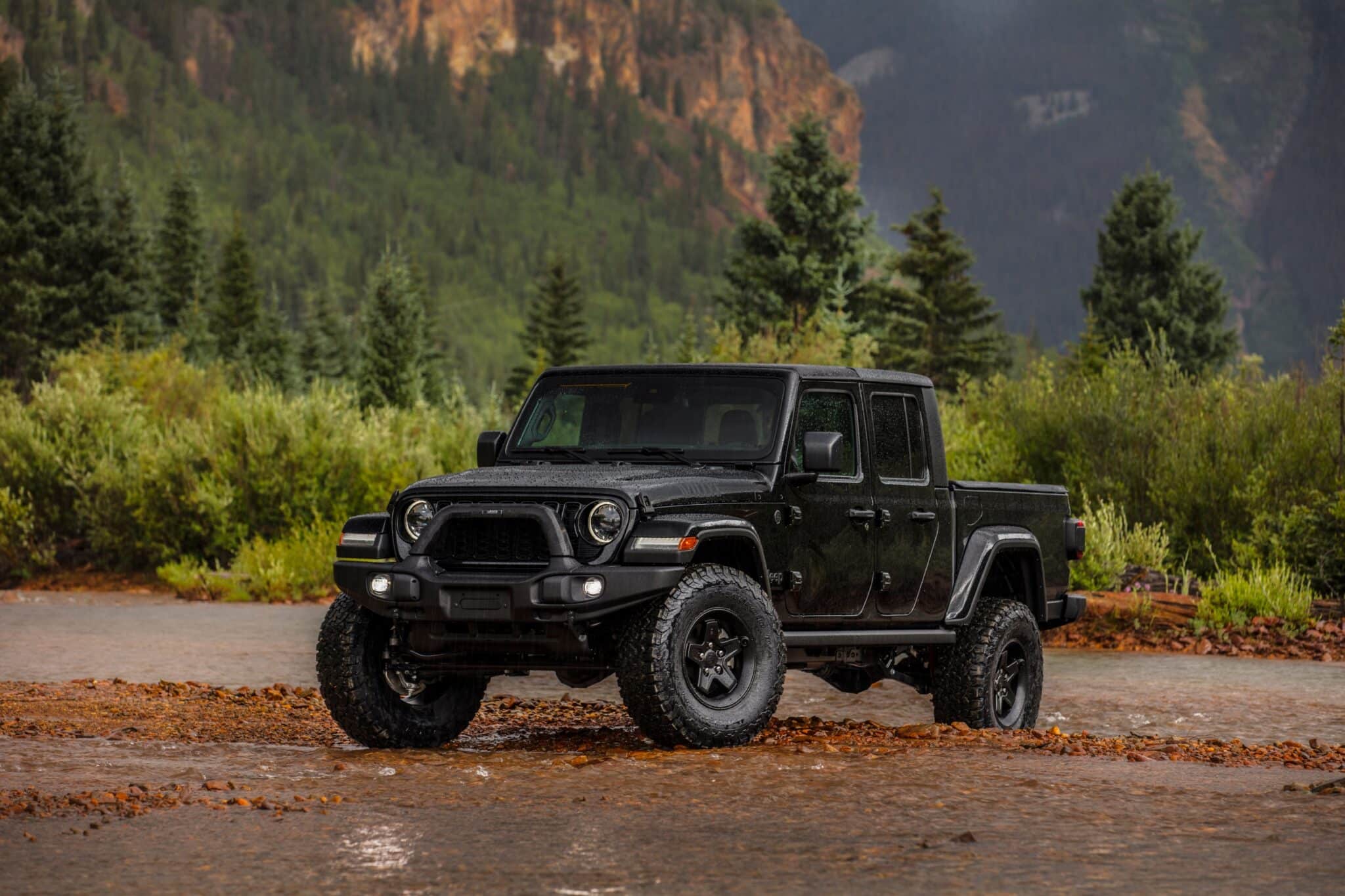
5. Jeep Gladiator (JT, 2020 Model Year and Early Production)
The Jeep Gladiator, a relatively new entry into the midsize pickup market, arrived with high expectations thanks to Jeep’s off-road pedigree and the growing demand for versatile trucks. While the Gladiator has received praise for its capabilities, the early production models, especially those from 2020, have experienced some reliability concerns that have caused frustration among first owners.
These issues don’t necessarily plague every vehicle, but the frequency and nature of complaints suggest that some early Gladiators have struggled to reach the durability standards buyers expect.
One of the major problems relates to the Gladiator’s transmission, which is paired with a 3.6L V6 engine. The automatic transmission, a TorqueFlite 8-speed, has been reported to shift harshly and occasionally slip under load. Some owners have experienced transmission software glitches requiring updates or repairs.
While Jeep has released software patches and service bulletins, these problems can cause noticeable drivability issues that detract from the truck’s otherwise solid performance. For first owners, especially those who rely on their trucks daily, these interruptions can be inconvenient and costly.
Electronics and wiring are another weak point. Some early Gladiators have shown symptoms of electrical gremlins ranging from malfunctioning infotainment screens to problems with sensors related to traction control and stability systems.
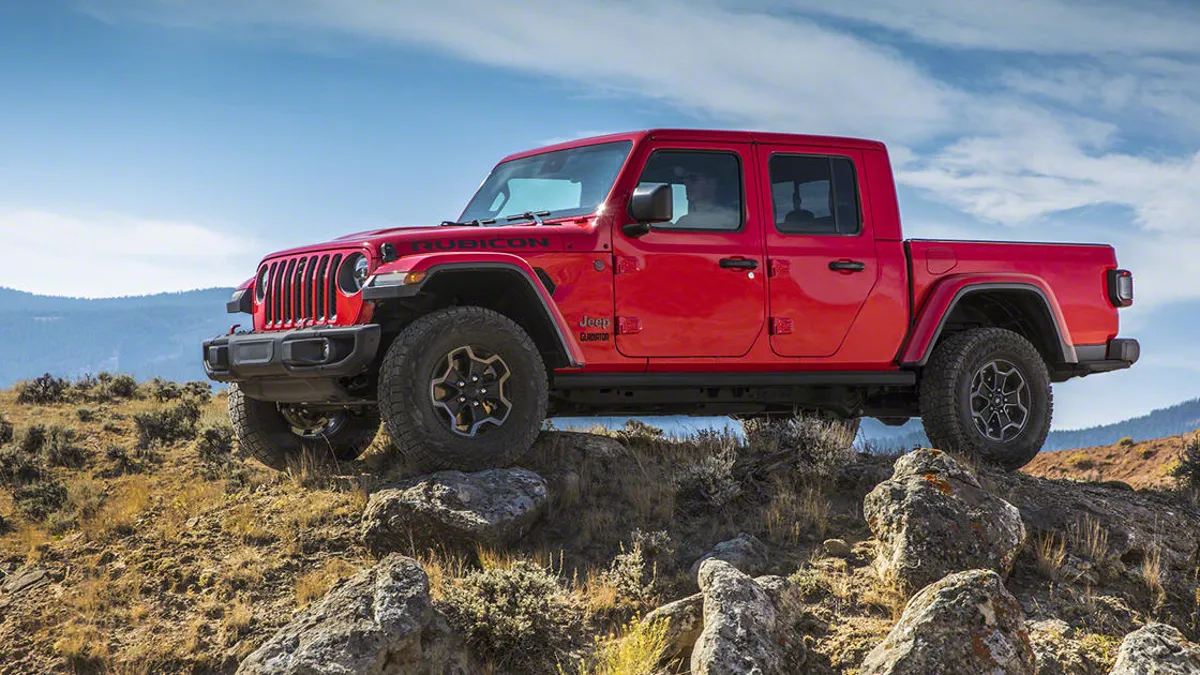
These glitches sometimes trigger warning lights or cause systems to disable themselves temporarily, frustrating owners who expect a smooth and trouble-free driving experience. Additionally, the Gladiator’s body-on-frame design, while excellent for off-road strength, has shown signs of premature rust in some regions, particularly where road salt is common.
Despite these issues, many Gladiator owners praise the truck for its ride quality, off-road prowess, and utility. However, the early production glitches and reliability concerns mean that some owners do not get to enjoy these benefits for as long as they might expect.
Compared to long-lasting competitors, the Gladiator’s early years show that even well-engineered vehicles can face challenges when entering a new market segment.
Also Read: 10 Cars Americans Drive the Most Miles Each Year (and Why They Rack Up the Miles)
Trucks have always held a special place in the lives of many owners. They are not just vehicles but tools designed to carry heavy loads, tow trailers, navigate rough terrain, and endure the demands of daily work and adventure. Given their vital role, the expectation that a truck should last for many years is entirely reasonable.
Yet, as this article has shown, longevity is not guaranteed. While some trucks build a reputation for lasting decades and enduring harsh treatment with minimal issues, others struggle to make it through the first ownership period without significant problems. Understanding the difference between these two categories is essential for anyone considering a truck purchase.
The five trucks known to last a lifetime are examples of solid engineering, thoughtful design, and proven reliability. The Toyota Tacoma is often hailed as the gold standard for longevity, with owners reporting hundreds of thousands of trouble-free miles.
Its simple, robust mechanical systems, combined with careful attention to corrosion resistance and durable interiors, make it a top choice for those wanting a dependable pickup. Similarly, older models of the Ford F-150, especially from the early 2000s, show how traditional engines and transmissions, paired with rugged construction, can stand the test of time. These trucks emphasize durability over flash, a trait many owners value more than bells and whistles.
The Honda Ridgeline, although unconventional with its unibody design, proves that innovation and reliability can coexist. Its dependable powertrain and lower-stress use cases make it a unique option for drivers who want a versatile, long-lasting vehicle without the maintenance headaches often associated with traditional trucks.
The Chevrolet Silverado 2500HD with the Duramax diesel engine highlights how heavy-duty trucks designed for serious work can also last for hundreds of thousands of miles when engineered and maintained correctly. Lastly, the Nissan Frontier, often overlooked in conversations about durable trucks, shows that simplicity and mechanical strength can lead to long service lives even without the fanfare of larger models.
On the flip side, the trucks that barely survive the first owner reveal the pitfalls that come from rushed engineering, cost-cutting, or simply flawed design decisions. Early 2000s Dodge Ram 1500 models, for example, suffer from transmission failures, electrical problems, and rust issues that seriously reduce their lifespan.
The first-generation Chevrolet Colorado shows how mechanical weaknesses, particularly in the engine and transmission, can lead to costly repairs and early replacements. The Nissan Titan, despite having a strong engine, was plagued by rear axle failures and brake issues that undermined its potential durability.
The Ford Ranger models from the early 2000s provide another example where timing chain and transmission problems often cut ownership short. Finally, the Jeep Gladiator’s early production years demonstrate how even modern trucks with great potential can struggle with teething problems that affect reliability.
What these examples teach is the importance of research and careful consideration before committing to a truck purchase. Longevity depends not just on brand reputation but also specific model years, engine choices, and how well the vehicle has been maintained.
Trucks that earn a reputation for lasting through decades tend to have simpler, more robust designs, fewer electronic complications, and parts that wear out more slowly. Those that fall short often carry the burden of weak transmissions, rust-prone frames, and unreliable electronics.
In practical terms, owning a truck is a long-term investment. Choosing a model known for durability will save owners not only money but also the time and frustration of frequent repairs. It means fewer unexpected breakdowns, more consistent performance, and better resale value.
It also means the truck can become more than just a vehicle; it can become a trusted partner, supporting work, recreation, and daily life for many years.
A truck’s worth is measured in miles and memories. The right truck lasts through the journeys, the seasons, and the challenges life throws at it.
By understanding which models are built to endure and which are more likely to falter, buyers can make smarter choices and enjoy the peace of mind that comes with reliable transportation. Whether hauling heavy loads or simply driving to work, a dependable truck makes all the difference, and that is what truly lasts a lifetime.

